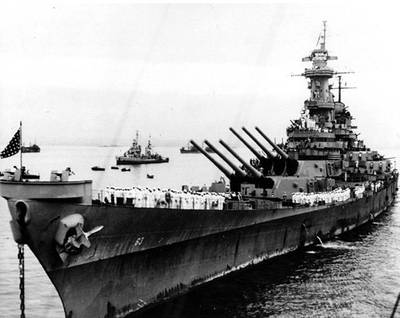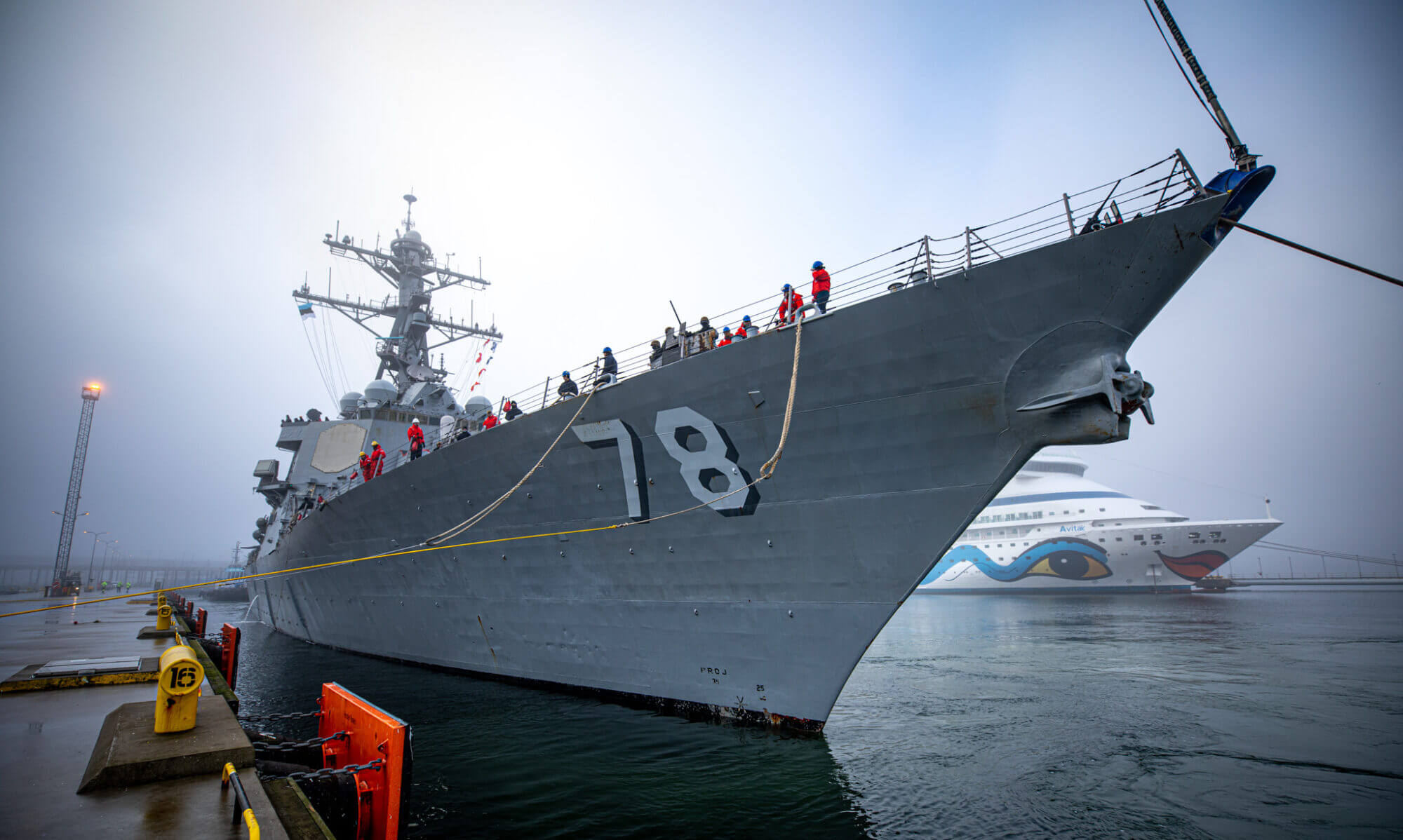
Americans for a Stronger Navy, a nonprofit organization believes that naval history matters. The organization is made up of individuals who share a passion for the Navy and a commitment to strengthening it for the future. The founders of the organization believe that understanding naval history is crucial for the future of the Navy and for the country as a whole.
Naval history matters for several reasons. First and foremost, it provides context for the present. By studying naval history, we can understand the challenges that the Navy has faced in the past and how it has overcome them. We can also learn about the successes and failures of past naval leaders and apply those lessons to our current leadership.
Naval history also instills a sense of purpose and pride in those who serve in the Navy. By learning about the history of the Navy, sailors can see how their own service fits into a larger narrative of service and sacrifice. They can take pride in the traditions of the Navy and in the contributions that sailors before them have made to the country.
Additionally, naval history can inspire future generations of sailors. By learning about the heroic deeds of past sailors and naval leaders, young people can be inspired to pursue careers in the Navy and to make their own contributions to the country. This is especially important in a time when the Navy is facing recruiting challenges and needs to attract the best and brightest to serve.
The founders of Americans for a Stronger Navy believe that understanding naval history is crucial for guiding the future of the Navy and the country as a whole. By studying the past, we can identify patterns and trends that can help us to make informed decisions about the future. We can also learn about the values and principles that have guided the Navy throughout its history and apply those to our current challenges.
In a rapidly changing world, where new threats and challenges are emerging every day, understanding naval history is more important than ever. As Bill Cullifer, a former enlisted sailor from the 1970s and founder of Americans for a Stronger Navy, has said, “Naval history provides us with a sense of purpose and pride. That sort of purpose and pride that reaches down deep inside and lets you know that your contribution matters.”
In conclusion, the founding members of Americans for a Stronger Navy believe that naval history matters. It provides context for the present, instills a sense of purpose and pride in those who serve in the Navy, and inspires future generations of sailors. By understanding naval history, we can guide the future of the Navy and the country and ensure that the values and principles that have guided the Navy throughout its history continue to guide us in the future. Follow along with weekly post on Naval history subscribe to the organizations newsletter and blog.
Further Reading
The United States Navy has a rich and storied history that spans over two centuries. From its origins as a small fleet of wooden ships to its current status as the most powerful navy in the world, the US Navy has played a critical role in shaping the course of American history. In this article, we will explore the history of the US Navy, from its earliest days to the present.
The Early Years: 1775-1812
The US Navy traces its roots back to the American Revolution, when a small fleet of ships was authorized by the Continental Congress to defend American interests at sea. The first of these ships, the USS Alfred, was launched in 1775, and the fledgling navy played a critical role in securing American independence by disrupting British supply lines and capturing enemy ships.
After the Revolution, the navy was disbanded, but it was re-established in 1794 by President George Washington in response to increasing attacks on American shipping by pirates and hostile nations. Under the leadership of men like John Barry and Stephen Decatur, the US Navy grew in size and strength, and by the time of the War of 1812, it had become a formidable force.
During the War of 1812, the US Navy faced off against the powerful British navy in a series of naval engagements that included the famous battles of Lake Erie, Lake Champlain, and the USS Constitution’s victory over the HMS Guerriere. These victories helped to cement the US Navy’s reputation as a capable and effective fighting force.
Expansion and Modernization: 1812-1900
After the War of 1812, the US Navy entered a period of expansion and modernization. New technologies such as steam power and ironclad armor revolutionized naval warfare, and the navy began to incorporate these innovations into its fleet. The USS Monitor, launched in 1862, was the first ironclad warship to see combat, and it played a critical role in the Union’s victory in the Civil War.
During this period, the US Navy also began to establish a presence in the Pacific, opening up trade routes and protecting American interests in the region. In 1853, Commodore Matthew Perry led a naval expedition to Japan, forcing the country to open up to foreign trade and establishing the US Navy as a major player in the Pacific.
The Modern Era: 1900-Present
In the early 20th century, the US Navy continued to modernize and expand its fleet, incorporating new technologies such as submarines and aircraft carriers. During World War I, the navy played a critical role in protecting American shipping lanes and helping to secure victory for the Allied powers.
During World War II, the US Navy became the largest and most powerful navy in the world, with a fleet that included over 6,700 ships and more than 3.4 million personnel. The navy played a critical role in the Pacific theater, fighting in battles like Midway, Guadalcanal, and Okinawa. The USS Arizona, famously sunk during the attack on Pearl Harbor, remains a symbol of the navy’s sacrifice and bravery during the war.
Since World War II, the US Navy has continued to play a critical role in protecting American interests around the world. From the Korean War to the Gulf War to the War on Terror, the navy has deployed its ships and personnel to support American foreign policy objectives and ensure the security of the United States and its allies.
Conclusion
The history of the US Navy is a story of courage, sacrifice, and technological innovation. From its humble beginnings as a small fleet of wooden ships to its current status as the most powerful navy in the world, the US Navy has played a critical role in shaping the course of American history.
As we look to the future, it is clear that the US Navy will continue to play a vital role in maintaining American security and projecting American power around the world. With new technologies and new challenges on the horizon, the navy will need to remain adaptable and innovative to meet the demands of the 21st century. But as its long and distinguished history has shown, the US Navy has the courage, determination, and expertise to rise to any challenge it may face.

